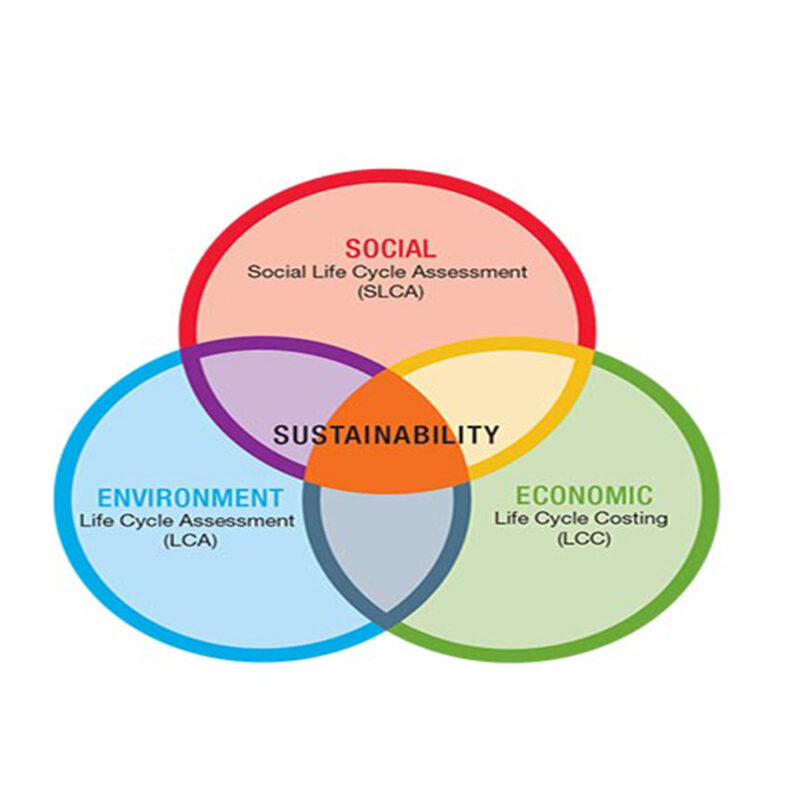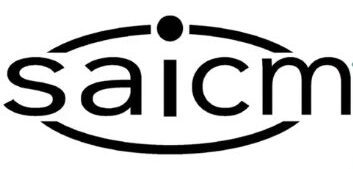
Massive Open Online Course on Marine Litter
Marine litter is a global problem that affects every ocean of the world. Litter is an environmental, human health and socio-economic problem that is a symptom of a highly disposable society. With worldwide growth in the amount of solid litter thrown away every day and slow rates of degradation, the amount of litter present in the marine environment is increasing.

Updated course on the Minamata Convention on Mercury
Mercury is a heavy metal that occurs naturally but can also be released into air, water, and soil through anthropogenic activities such as mining, metal and cement production, and combustion of fossil fuels. It is highly toxic and persistent in the environment. It can be transported in the atmosphere great distances, and can enter the food chain and accumulate in flora and fauna.

The E-Waste Challenge
This course will help the participants to understand why and how to manage e-waste in an environmentally sound manner and how action on e-waste could be taken in their own life, business, or organization.

UN Environment Programme and Partners Massive Open Online Courses (MOOCs)
Suite of online Massive Open Online Courses (MOOCs), developed by the UN Environment Programme and partners on different topics.

E-learning on Multilateral Environmental Agreements
Free online courses on the Multilateral Environmental Agreements in various topics: biological diversity, chemicals and waste, climate and atmosphere, environmental governance, marine and freshwater, land and agriculture.

Introduction to Life Cycle Thinking
This E-Learning Module Kit draws on materials from the Life Cycle Initiative and it is aimed at helping give all participants an overview of life cycle approaches while developing understanding as to how to assess the impacts of any given sustainability issue considering all of its life cycle stages. The module is also intended as a guide to which kind of LCT tools are to be used to which purpose. This module is made up of four parts: an overarching introduction to life cycle thinking (1), and its applications in public policies (2), businesses (3) and by consumers (4) respectively.
